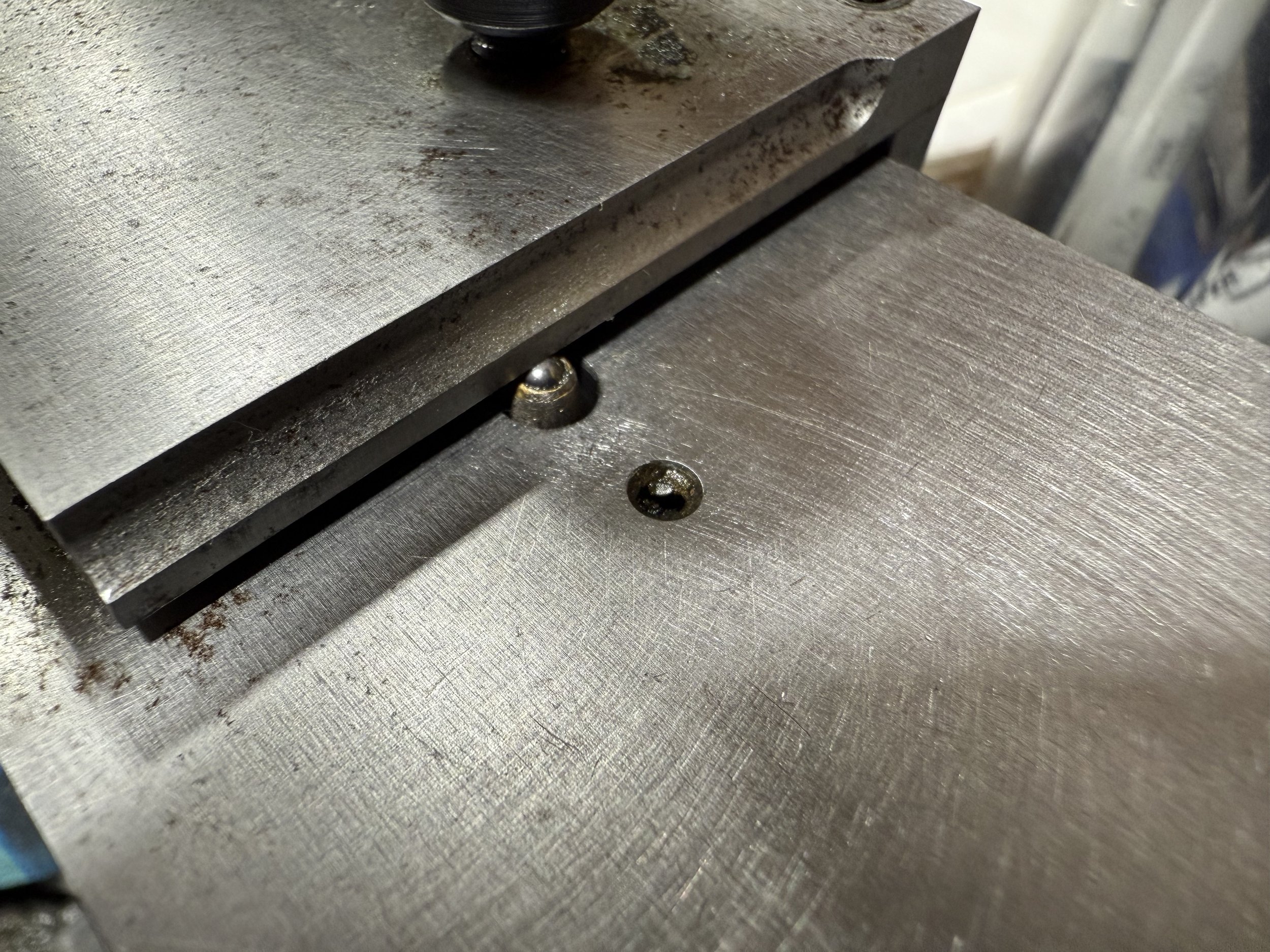HOW WE MEASURE MOUTHPIECE TIP OPENINGS
THE CHALLENGE OF TIP OPENING MEASUREMENTS
If you’ve ever measured a mouthpiece tip opening and thought, “Wait a second—this isn’t what was advertised,” you’re not alone. It’s a common concern, and we get it. We’ve heard that many times with Meyer and Otto Link. The truth is, even the tiniest differences in how and where measurements are taken can lead to a wide range of results. At JJ Babbitt, we take this seriously because we know how much it matters to musicians. Precision is at the heart of what we do today at JJ Babbitt, and we want to clear up some of the confusion surrounding tip opening measurements, especially when it comes to Meyer and Otto Link.
One of the challenges we face isn’t the accuracy of our in-house measurement process—it’s the perception that our tip openings are somehow “off.”
Misunderstandings about our tip openings often come down to two key factors. First, many players simply don’t know how and where we take our measurements in-house before our mouthpieces leave the workshop. Within the saxophone community, there are a variety of methods and beliefs on how and where the best places and ways to get this measurement. For our part, we want to help provide clarity on how and where we take these measurements. Second, third-party gauges—while useful—often introduce unintended variables, leading to inconsistent readings. These discrepancies can make it seem like the numbers don’t match up when, in reality, they do.
Let’s break this down and clarify what’s really happening…
Key Factors That Affect Measurement Accuracy
-
The specific point on the tip rail where you take the measurement makes a huge difference, even for such a tiny space. You can see in the diagram that the difference from the outside and inside of the tip rail is actually significant. Measuring at the outside of the tip rail versus the middle or inside can change the reading by several thousandths of an inch—especially with larger tip openings.
At JJ Babbitt, we measure from the the outside tip rail opening—the same way the Meyer Brothers and Otto Link himself did. This ensures consistency with the way these mouthpieces have been measured for decades.
Some players, technicians, and manufacturers prefer to measure from the middle or inside of the tip rail, and that’s fine. But for JJ Babbitt, our process remains the same.
Illustration: The diagram shows how different measurement points along the tip rail can lead to significantly different readings. This demonstrates why a fixed reference point is essential for consistency. It also shows exactly where we take our measurements from at JJ Babbitt.
-
Many musicians use personal gauges to check tip openings, and while those tools can be helpful, they often lack a precise method to ensure measurements are taken from the exact same point on the mouthpiece every time. Our in-house gauges solve this with a built-in backstop, ensuring every piece is measured from a consistent point on the tip rail. Without that fixed reference, even the smallest shift in placement can throw off the reading.
-
Measuring isn’t just about the tool you use—it’s about how you use it. Variations in hand positioning, the angle of the gauge, and even the amount of pressure applied can all impact the final reading.
Freehand measurements are especially prone to these kinds of variables, which is why they may not match our precise workshop measurements.
HOW WE MEASURE AT JJ BABBITT
-

Precision Instrumentation
We use finely calibrated digital gauges to ensure every measurement is taken from the exact same fixed point on the tip rail. This method provides the most repeatable and reliable results.
-

Quality Checks Throughout the Entire Process
Every mouthpiece goes through extensive quality control at multiple stages of its crafting to confirm it meets our specifications, including measurements taken multiple times throughout the process. Nothing leaves our workshop without countless moments of detailed scrutiny.
-

Consistent Measuring Methodology
We always measure from the outside tip rail opening, and our built-in “backstops” allow for this absolute positioning every time.



